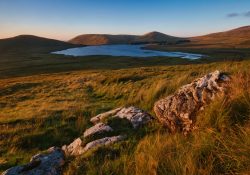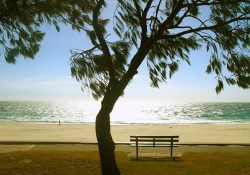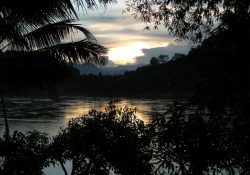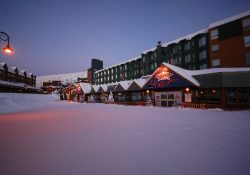In this guide, you will learn how to plan your camping trip and show you how to prepare for a successful and fun under-canvas adventure. You will find tips on how to plan your first hike, how to choose your camping equipment, and the basics of camping safety. You can then go to our camping checklist for a simple list of everything you need to pack to complete your camping list. This list will include everything you need to pack for your camp.
If this is your first campsite, finding the right activity for you will likely require some experimentation. Going on a hike doesn’t have to be that difficult if you are well prepared and have a solid plan. To find good campsites, you can look at what Parks Victoria has to offer.
Make sure you already have a favorite date and a place where you want to camp. Once you’ve agreed on a date and place, it’s time to think about what you should pack. We should have mentioned this before, but all this time you had to make a list of what you need to take with you.
You can only bring what you can carry, so you will need a good backpack, some light equipment (like a one-person tent), and you will want to have some knowledge of outdoor safety, navigation, and be prepared for whatever services you need. You will be able to find all of these at an Australian outdoor fishing and camping store. If you are traveling with a pet or a child at the campsite, you will also need to bring their belongings with you. Before heading to camp, you should pack the following protective gear.
First Aid Kit – Bring a first aid kit for camping, as anyone can get hurt during class. It is important to have a camping first aid kit with you, as it contains the best medicines and accessories to treat the injuries that backpackers encounter while traveling.
To prepare for any surprises while hiking, always bring a supply of food and water with you. If you are going to camp near your home during the warmer months, bring an extra day of food and an extra liter of water per person. As with food, chances are you will need more water while camping than on a normal day, so be sure to bring plenty of bags for you and your companions.
However, you probably want to camp close enough to a water source that you can easily grab some water to drink. The best campsite in most areas will generally be level, not too bumpy, and well drained.
Tent. You might want to stay at your campsite, but when planning to move, you’ll need shelter to stay in wilderness such as mountains. Buy a quality waterproof tent that can accommodate all camp members and equipment. Cooking Basics – There are no places to eat at campgrounds, so it’s important that you bring your cooking essentials with you.
If you’re planning on hiking trips, you’ll need to rely on cold, ready-to-eat food or have a light camping stove. The easiest way to pack for a long hike is to focus on tightly packed snacks and easy-to-prepare meals that don’t need to be cooked. But generally, you want to pack your bags as lightly as possible so that you don’t waste too much time packing, unpacking at camp, repackaging at camp, and unpacking when you get home.
Aside from planning meals and bringing enough food and drink for everyone, think about what you will be doing while camping. Choosing a camping site can be important for your first long hike because you want the area to have enough activities to keep you entertained every day.
If you’re a beginner learning to prepare for a family camping trip, camping in your state or national parks is best. If you plan to be camping all the time, you can choose a more remote location, which will be more interesting. For your first trips, I recommend finding campsites within a 4 hour drive from home that are perfect for camping for 1-2 nights.
Camping is the perfect vacation because you can tailor your trip to suit your needs, desires and level of experience. Camping travel can be as fun as the camping itself. So take your snacks with you to your car, queue up your playlist and take your time. Going back to tip # 1, a leisurely camping trip like this is only possible if you know you have a place waiting for you.
One of the most important tips to remember when first camping is how to choose the right spot. Before you start planning your first adventure, think about what amenities you need and choose your camping style based on that. Things like choosing a camping site and finding the best time of the year should be the first steps in planning your hike. After you’ve logged your first hike on the calendar, it’s time to make sure you have the right gear.
These lists can include everything from clothes and toiletries to kitchen equipment or tools to make your campsite feel right at home. Most of your campgrounds and outdoor stores can offer checklists that you can use as a guide on what to pack and what to take in your car for a relaxing hike. A printable camping essentials list is a great way to keep your belongings tidy and make sure you don’t forget anything important.
If you are on a day hike from base camp, a small backpack will be more than enough for your daily supplies and supplies to help you along the way.
You may have planned many great camping activities, but as with any regular vacation, you need time to unwind. Taking the time to plan before your hike can help make your trip relaxing and worry-free. Planning a long hike may sound daunting, but if you know the general tips for all hikes, bring plenty of food and water with you, and are ready for the type of camping you are in, you will have a fun and relaxing trip. … Following the above tips should make any sailing trip a smooth sailing experience.
Planning and getting help from experienced campers, and fishing and camping stores near me can help first-time campers get the most out of their hike. For the perfect trip, what you need to do is organize and prepare your gear, eat, choose a camping site, reserve a place, plan meals, and check that all equipment is working properly.


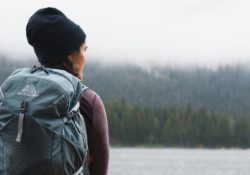


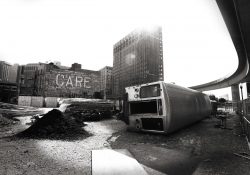



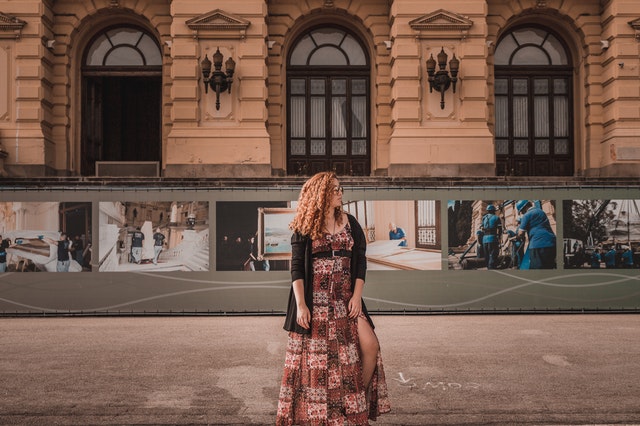

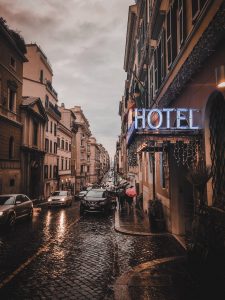
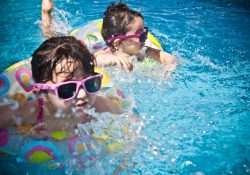
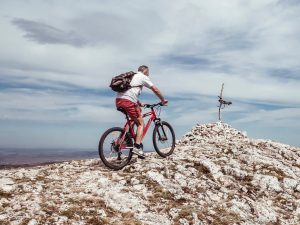





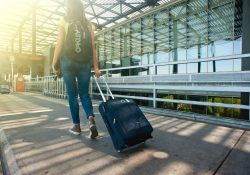
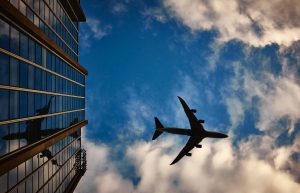

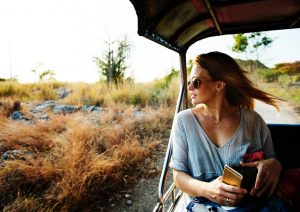
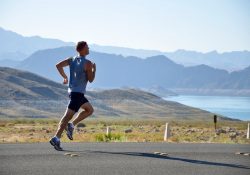


 and shoe-related items are on display here, from Japanese sandals made from human hair to bud socks worn by Alaska’s Aleut people to a pair of 4,500 year old boots. What’s especially cool is that only about 25 percent of the museum’s 39,000 sq. ft is devoted to semi-permanent exhibition installations. In another 75 percent of the exhibition, the museum changes their shoes with Carrie Bradshaw-esque frequency; you can go to these museums every few weeks and see something new
and shoe-related items are on display here, from Japanese sandals made from human hair to bud socks worn by Alaska’s Aleut people to a pair of 4,500 year old boots. What’s especially cool is that only about 25 percent of the museum’s 39,000 sq. ft is devoted to semi-permanent exhibition installations. In another 75 percent of the exhibition, the museum changes their shoes with Carrie Bradshaw-esque frequency; you can go to these museums every few weeks and see something new